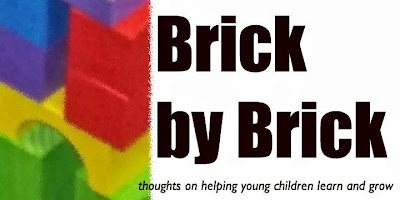This fall I'm reading and reflecting on the book Teaching with Intention by Debbie Miller.
Chapter 2: Defining Beliefs and Aligning Practices
This chapter hits square with what I wanted. In this chapter, Debbie Miller talks about creating a set of statements that list what you believe and value about teaching. Think about what is important to you regarding the learning environment, the students, and your role as a teacher. Develop and refine statements that reflect this thinking.
Then...the hard part. Go through every one of the things you do in the classroom and measure those actions and practices with the statements you developed. Does what you do match what you say you believe and value? If something doesn't sync, do you need to change the practice or the belief statement?
Debbie Miller notes that she had to adjust some things that she did to match what she believes. But the standout statement for me regarding thinking about all the others who want to mold those belief statements for you. As she touched on curriculum programs and scripts, she writes: "Real life isn't scripted. Neither is real teaching."
Don't you just hate when you're reading and it seems that the author has been monitoring your own thinking or life? That statement sums up the struggle I had in the elementary classroom for both years. I wanted to do it "right" so I tried to follow the curriculum guides as closely as I could. I tried to use the "right" words and the "right" methods to help students learn and achieve.
I discovered that sometimes those things clashed with my own beliefs. And I would defer to the curriculum guide. Probably a mix of inexperience in this particular thing and some lack of confidence in my own knowledge and beliefs.
I didn't evaluate the purpose and support for the things in the teacher's guide. So I couldn't compare the beliefs or values of the curriculum to my own. I couldn't establish an equilibrium between methods and practices and my own core understandings about kids and learning. No wonder I struggled. No wonder things seemed hit or miss in the classroom.
At times I would adjust or just do things that I felt were right. At those times, my classroom "felt" right. It seemed things were humming much better. As I look back now, I feel rather stupid. How could I not have seen what was happening?
Recently I've been on a road to clarifying my own philosophy of teaching and learning. I think this book will help me see how to also clarify my own practices. It's interesting how things seem to be leading to this point. I'll be a much better teacher in days ahead.
When what you do doesn't match what you value, you hobble along as a teacher. I won't hobble myself or my students again.


